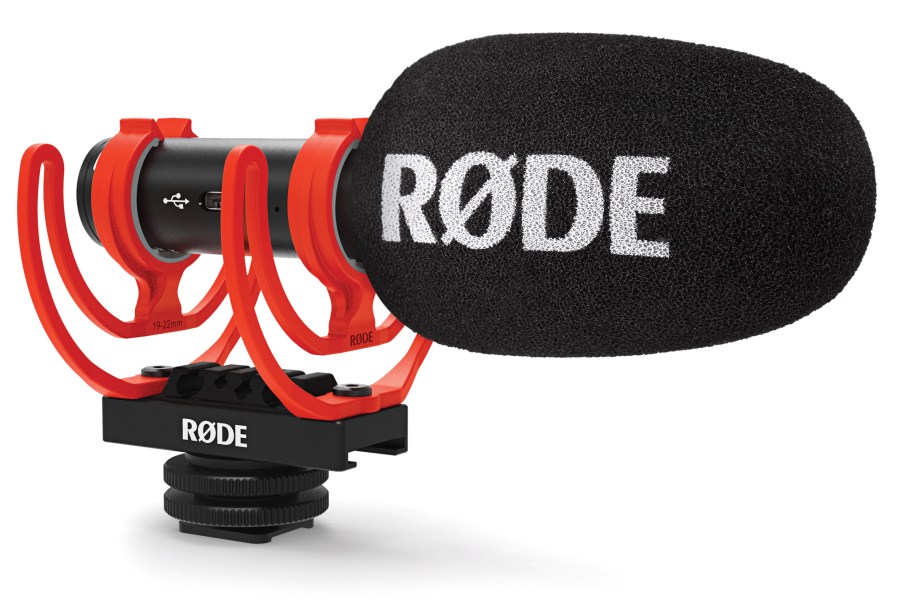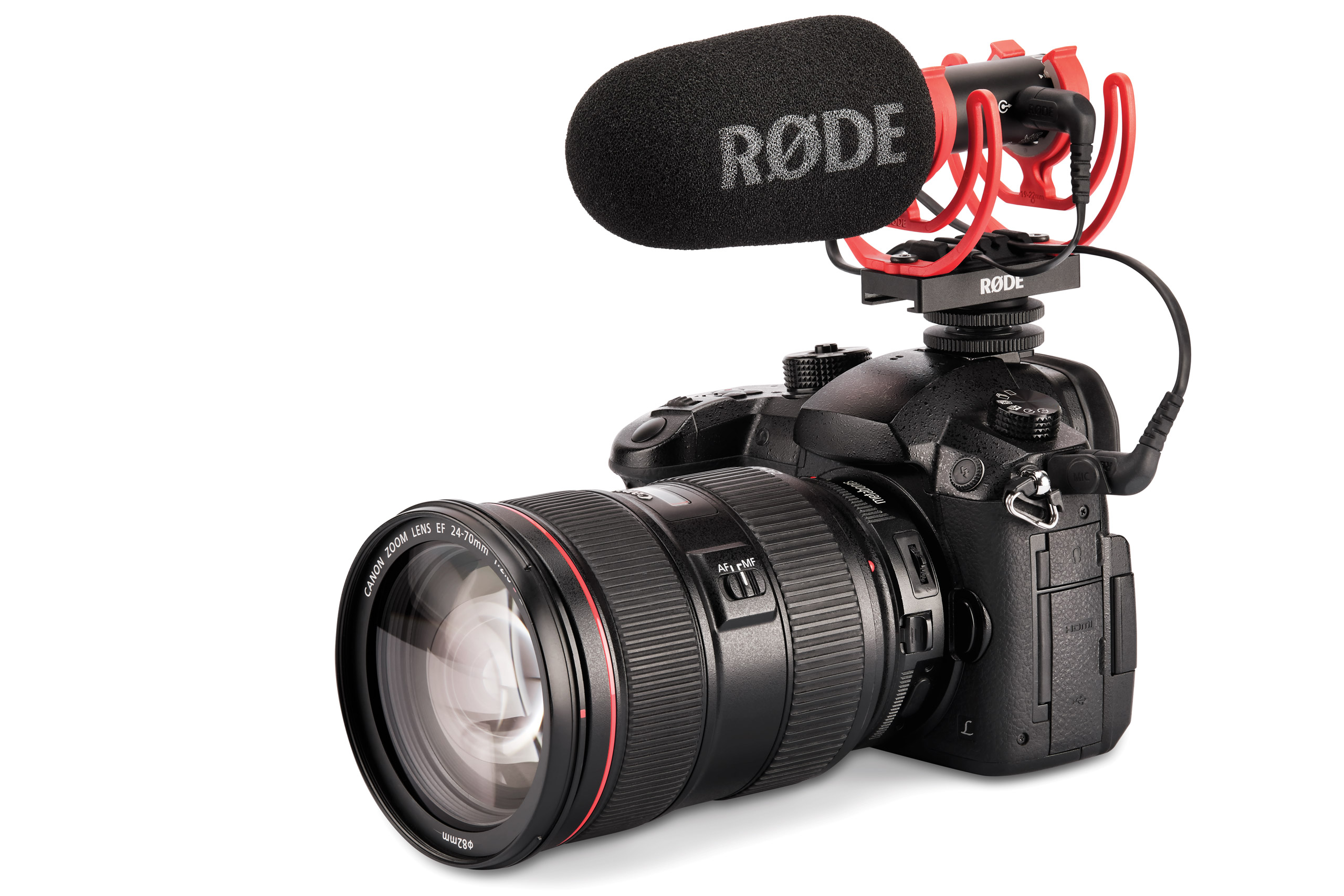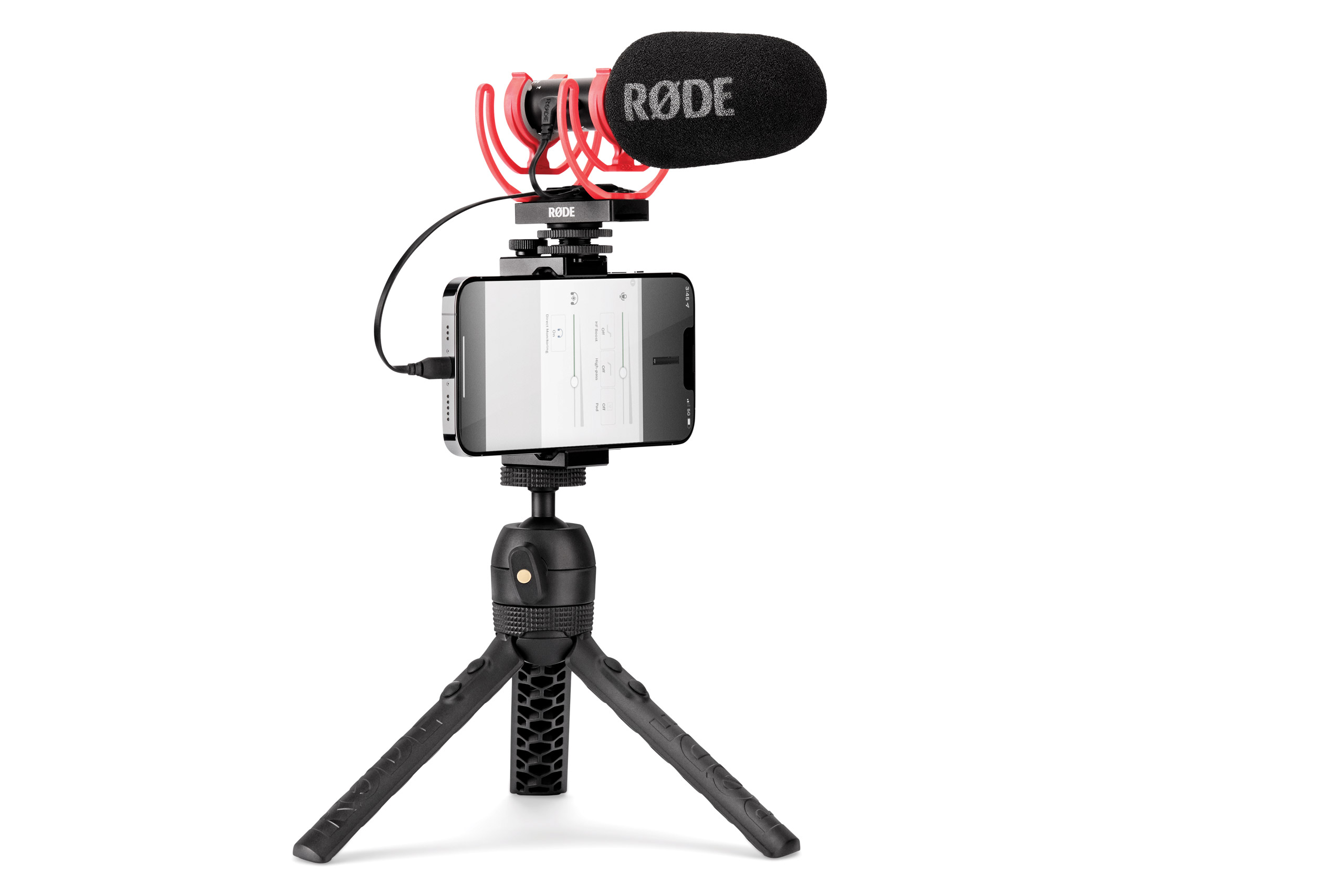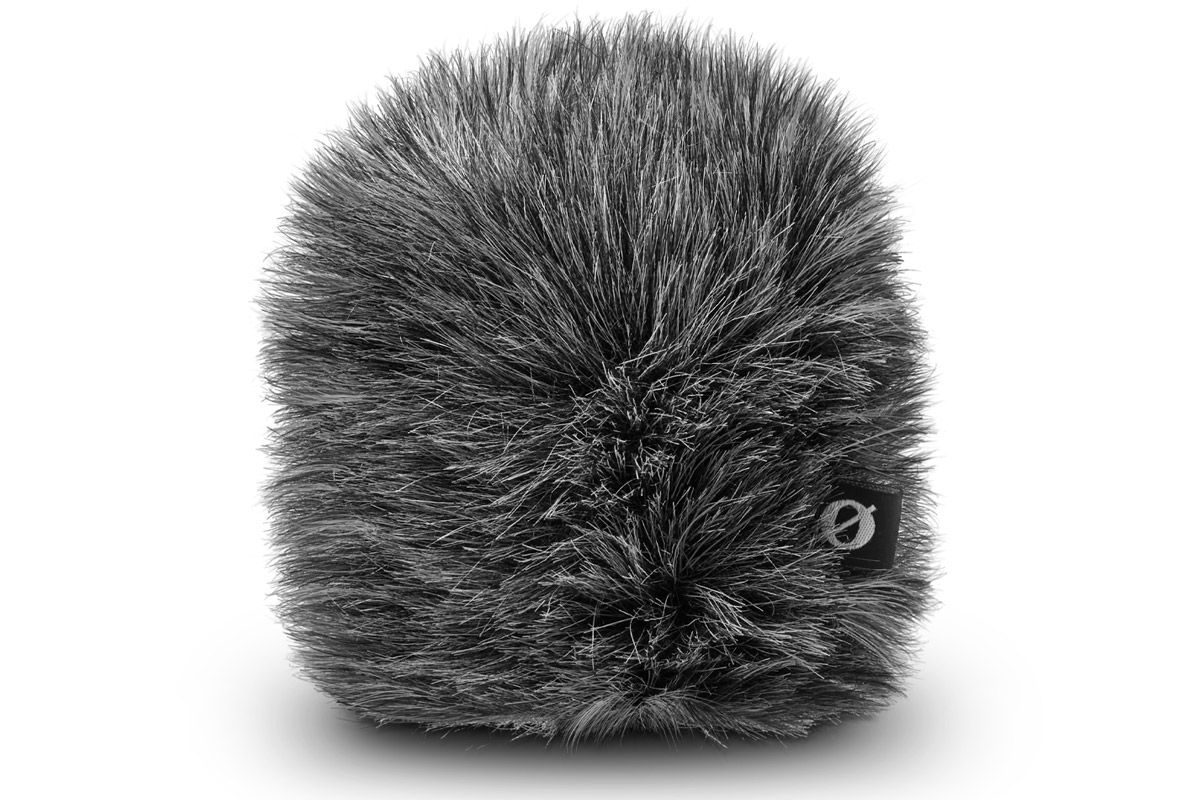Rode VideoMic Go II at a glance:
- £99
- Supercardioid polar pattern
- 20Hz-20KHz frequency response
- 171 x 21.6mm
- 33g (89g with shock mount)
- rode.com
Rode has updated its original VideoMic Go with some of the features seen on the more advanced VideoMic NTG to create the VideoMic Go II, but it’s also designed to be very easy to use. It comes supplied with a Rode SC14 cable, which is compatible with the 3.5mm TRS microphone ports in most modern cameras, but it can also be connected to a smartphone or computer via USB.
Rode VideoMic Go II: key features
- 3.5mm and USB-C: There’s a 3.5mm TRS connection to use with cameras and a USB output for connecting to mobile devices and computers
- No battery required: The microphone is host-powered, so there’s no need to charge a battery and it’s always ready for use
- App compatible: The Rode Central smartphone app enables advanced features to be selected wherever you are, provided you have the right cable
- Lightweight: Even with the included shock mount and foam windshield, the VideoMic Go II only weighs 96g
There are no external controls on the unit and as it’s host-powered, it’s ready to use as soon as it’s connected to a camera. The recording level is adjusted via the camera’s menu, just like the on-board mic.
Other features such as the PAD (Passive Attenuation Device) for use in very noisy conditions, the high-pass filter (for reducing low-end noise) and the high-frequency boost (for enhancing a human voice) can be adjusted using the Rode Central app for iOS and Android devices. However, you’ll need a Rode SC15 (iOS) or SC16 (Android) cable to connect the mic to the smartphone, which are sold separately for £20 and £12 respectively.
Rode supplies the metal barrelled VideoMic Go II with a plastic shock mount which can slide into a camera’s hot shoe to hold the microphone above the lens. This mount has grips that are intended to keep the cable out of the way, but I found them a bit fiddly to use with the included SC14 cable.
As it’s a shotgun mic with a supercardioid polar pattern, the VideoMic Go II mostly picks up sound from directly in front of it, rather than to the side or behind. But naturally, it also picks up ambient sounds and if you want to record a specific audio source, it’s best to get close.
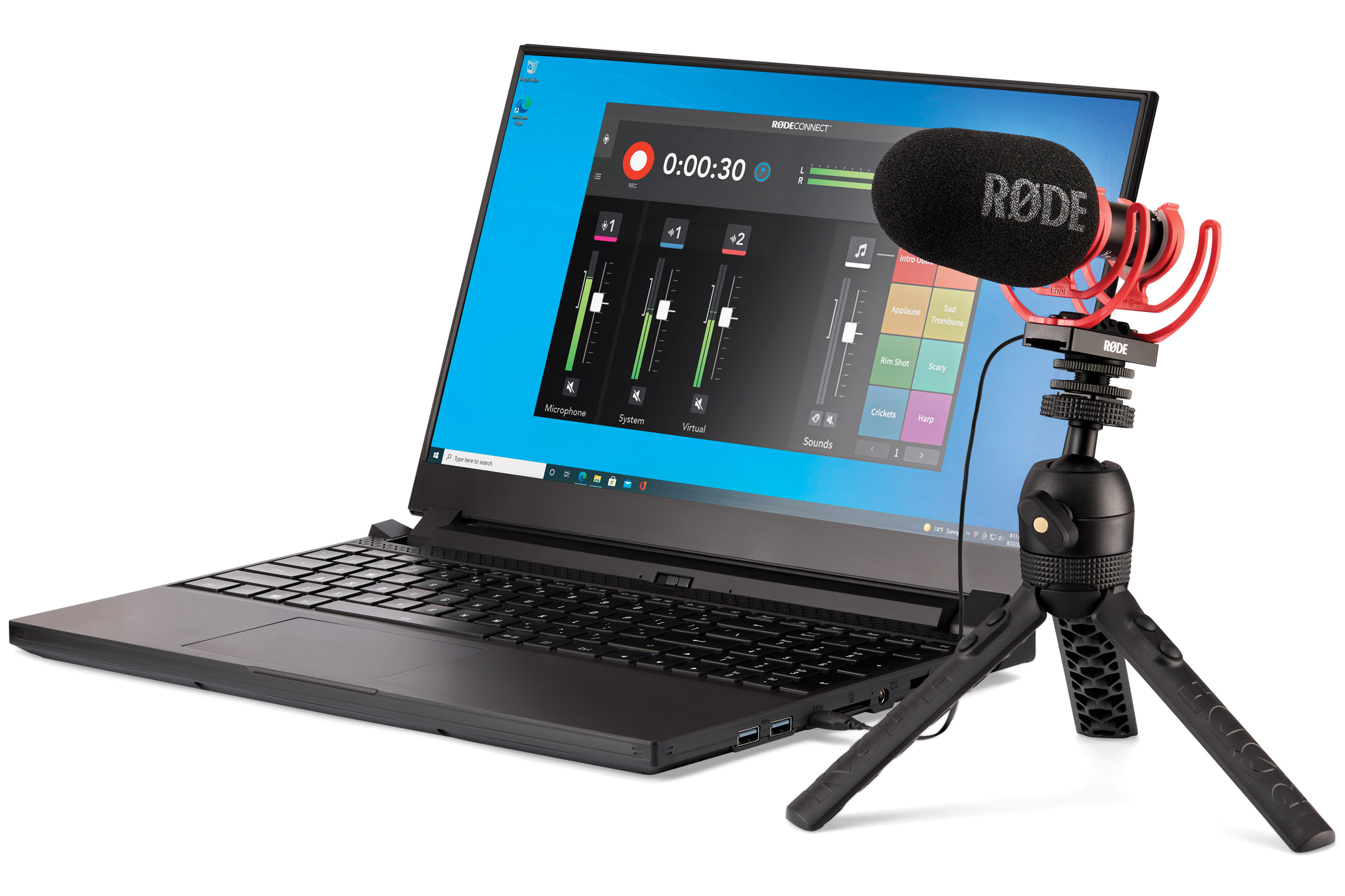
The mic can also be used with a PC, with the free Rode Connect app allowing control of audio settings
For vlogging and speaking directly to the camera, for example, it’s best to have the microphone within a metre of your mouth. That’s ideal if you’re holding the camera at arm’s length, but if the camera is on a tripod you should still aim to stay close. Otherwise, you’ll need to increase the audio level via the camera’s menu so your voice is at the correct volume, but inevitably, this also increases the ambient sound level.
Dead Cat windshield
The foam windshield supplied with the VideoMic Go II is fine if there’s just a very light breeze, but in any more than that you’ll need the optional Rode WS12 (£22). This fluffy windshield is specifically designed to fit the mic and is much more effective at reducing wind noise.
Rode VideoMic Go II: Our Verdict
If you’re new to video recording, it’s tempting to just stick with the camera’s on-board mic. However the Rode VideoMic Go II is extremely easy to use and it delivers much richer sound. As usual, it’s worth spending a couple of minutes testing the audio level to ensure that you have the volume you need without going too high and getting distortion. But with that done, the sound is remarkably good for the price.


